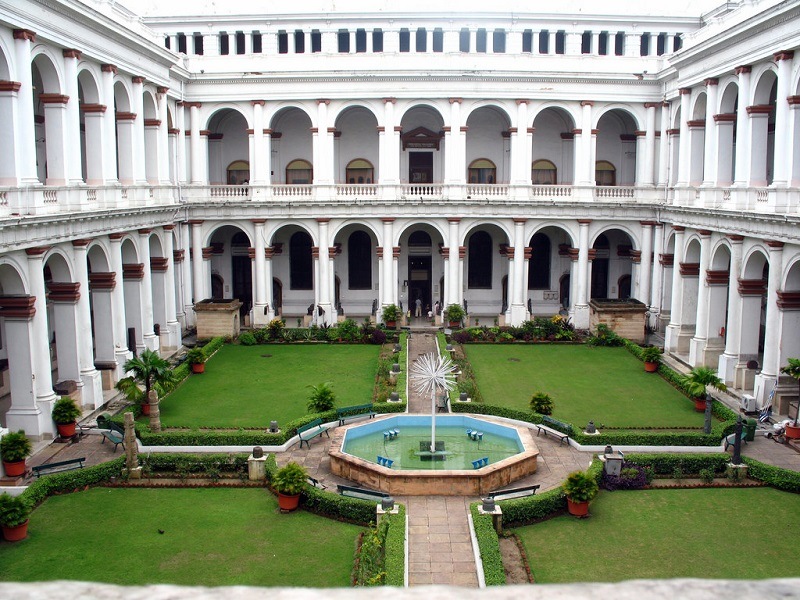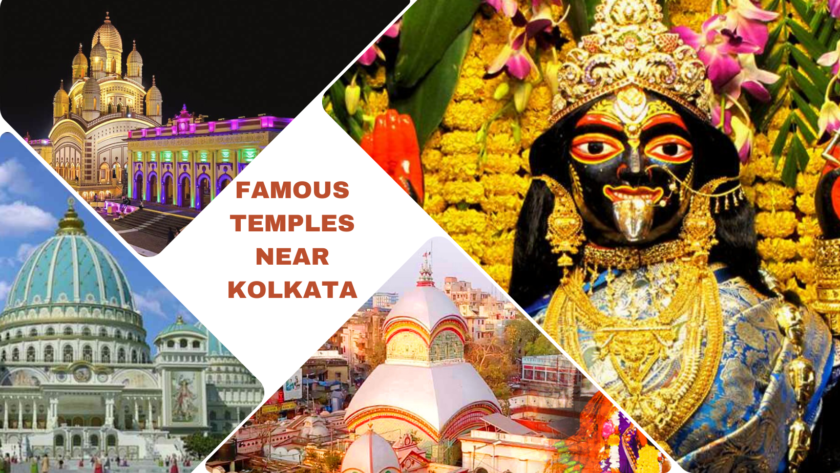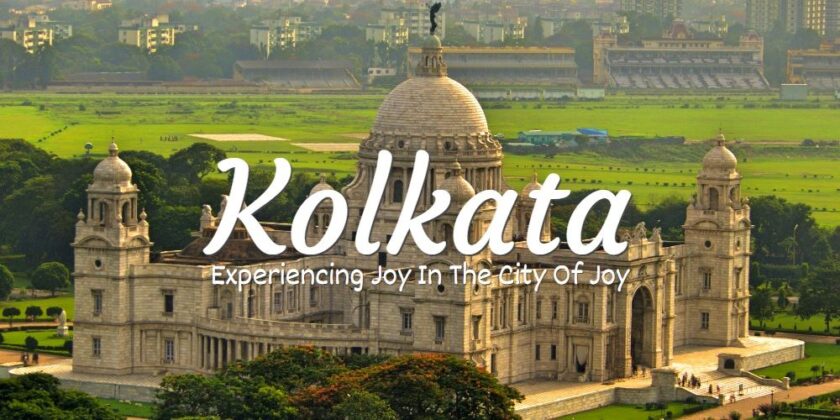Weather: N.A.
Timings: Tuesday to Sunday: March to November: 10:00 AM – 5:00 PM
December to February: 10:00 AM – 4:30 PM
Time Required: 1-2 hours
Entry Fee:
Indian visitor: INR 10 per head
Foreign visitors: INR 150 per head
Overview of the Indian Museum in Kolkata
The Indian Museum, the largest museum in India and the ninth-oldest museum in the world is situated in Kolkata, the city of joy. The Indian Museum‘s foundation stone was laid in 1814, and ever since then, it has served as a hub for interdisciplinary activities. Popularly referred to as “Jadughar,” it houses the best collection of modern paintings, priceless Buddha relics, Egyptian mummies, and antiquated sculptures. Along with these, the Indian Museum is home to some of the most exquisite collections of jewellery, fossils, skeletons, antiques, armour, and breathtaking Mughal paintings.
There are currently 35 galleries in the museum, which are organised into six different categories: art, archaeology, anthropology, geology, zoology, and economic botany. Within the museum grounds, a library and bookshop are available for those with an interest in history. In February 2014, Indian Museum fervently commemorated its bicentennial anniversary. The museum transports you back in time to experience our fascinating past thanks to its magnificent collection.
Indian Museum Timings and Entry Fee
The following information outlines the procedures for visiting the Indian Museum:
All days of the week, excluding Monday, are timings
10:00 AM – 5:00 PM (March to November) (March to November)
10:00 AM – 4:30 PM (December to February) (December to February)
Republic Day (January 26), Holi, Independence Day (15 August), Mahatma Gandhiji’s Birthday (2 October), Dussehra, Diwali, and Id-ul-Fitr are all observed as closed holidays.
Adult Indians pay INR 20; Adult Foreigners pay INR 500 for tickets.
Free with a baby in arms
History of Indian Museum
Sir William Jones founded the Asiatic Society of Bengal in the year 1784. Dr. Nathaniel Wallich, a renowned Danish botanist, founded the Indian Museum in the Asiatic Society Building in 1814. The geology and minerals section was expanded by the government in 1840, and the geology section received a separate grant of INR 250 per month.
The museum was moved to its current location in the year 1875. However, the museum, which had over sixty galleries, was accessible to the public in 1878. The Indian Museum donated a collection to the Indian Museum in 1879. (South Kensington). The creation of the Zoological Survey of India in 1916 and the Anthropological Survey of India in 1945 by the museum’s Zoological and Anthropological sections was perhaps one of the museum’s greatest contributions.
The Indian Museum has performed a number of other functions in addition to housing numerous priceless artefacts. The Government College of Art and Craft, established in 1854, operated out of the museum’s southern wing after it moved onto the property in 1892.
Architecture of India Museum
The Indian Museum’s structure is a masterpiece of architecture created in the Italian Style by renowned architect Walter B. Grawille. The structure has three floors, each of which is about 930 square metres in size. Six major categories, including Anthropology, Art, Archaeology, Zoology, Botany, and Geology, make up the total of sixty galleries.
The Pre- and Proto-Historic Gallery, Main Entrance Gallery, Bharhut Gallery, Gandhara Gallery, Long Archaeology Gallery, Bronze Gallery, Coin Gallery, Minor Art Gallery, and Egyptian Gallery are all included in the archaeology section.
The art section includes the South East Asian Gallery, the Mughal Painting Gallery, the Bengal Painting Gallery, and the Decorative Art and Textile Gallery.
Anthropology Section: This section contains the Palaeo-Anthropology Gallery, Cultural Anthropology Gallery, Mask Gallery, and Musical Instrument Gallery.
Fish Gallery, Amphibian and Reptile Gallery, Bird Gallery, Mammal Gallery, and Ecology Gallery are all included in the zoology section.
Geology Section: This section of the website includes the Siwalik Gallery, the Invertebrate Fossil Gallery, the Rock & Mineral Galler Earth, and the Meteorite Gallery with Gem Section.
The Indian Museum’s Botany Section has endless resources on Indian timbers, foods, medicines, vegetable fibres, oils and oilseeds, and a variety of crops that are frequently grown there.
Collection in Indian Museum
The Indian Museum is home to an exceptional collection of artefacts. An Egyptian mummy, whose entire organ system has been removed except for the heart, a Buddhist stupa from Bharhut, Gautam Buddha’s ashes, the Ashoka Pillar, which bears the four-lion symbol that later became the symbol of India, fossilised prehistoric animal skeletons, an elaborate art collection, priceless artefacts, and an amazing collection of meteorites are just a few of the main collectables on display here.
How To Reach the Indian Museum
Taxis and metro trains are the two best ways to get to the museum. The closest metro station, Park Street, is where one can catch a bus or a taxi.



